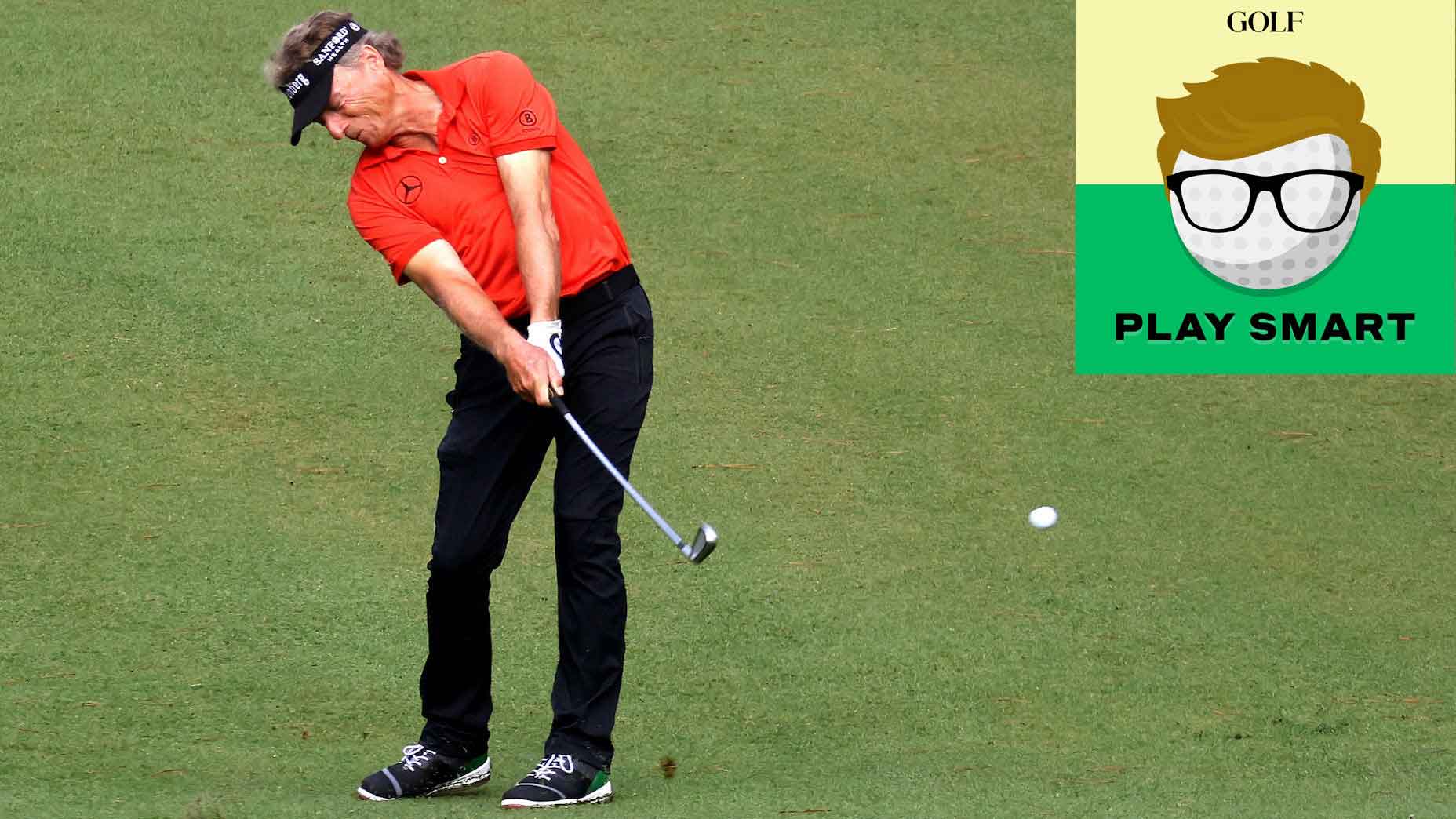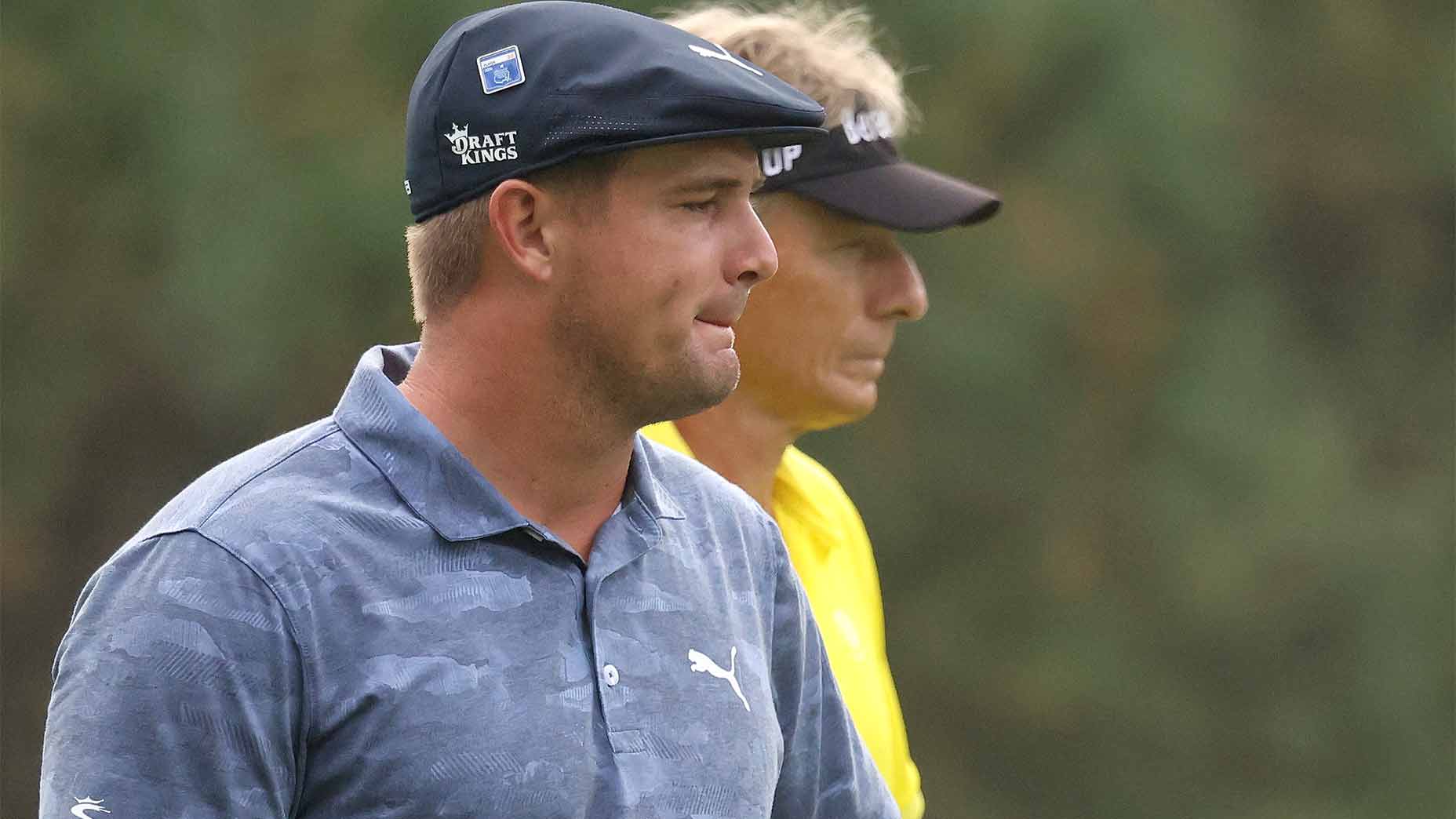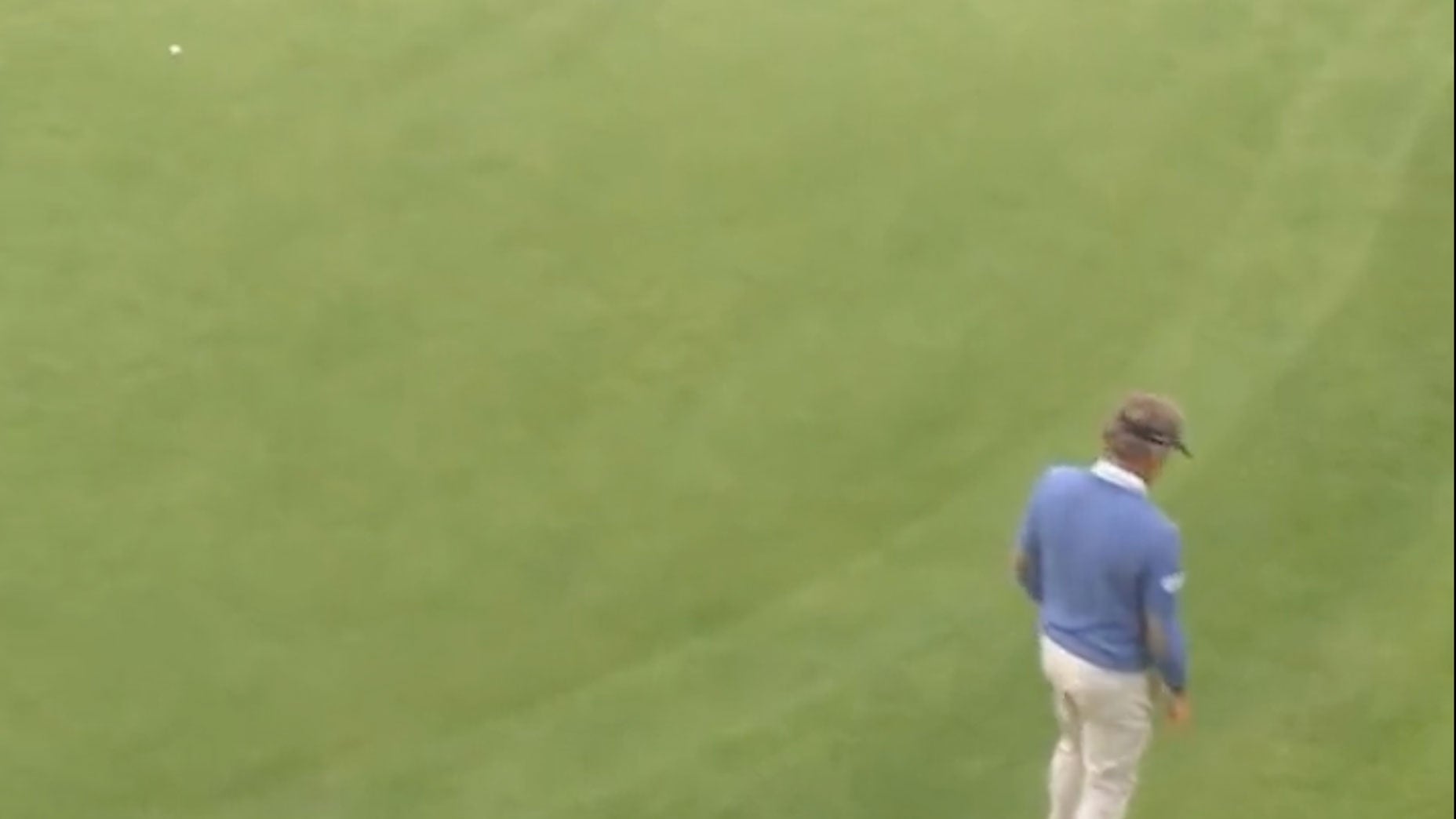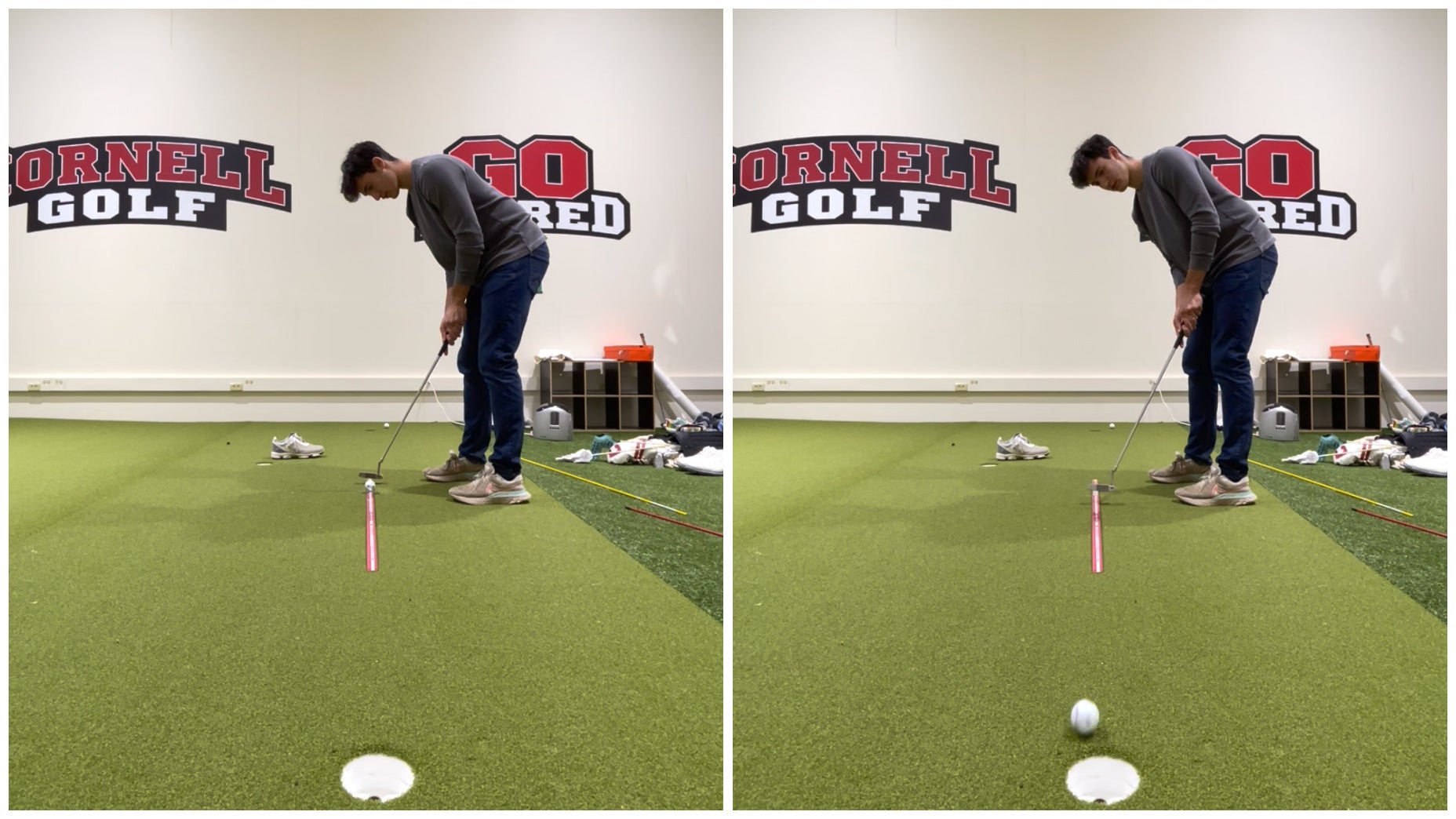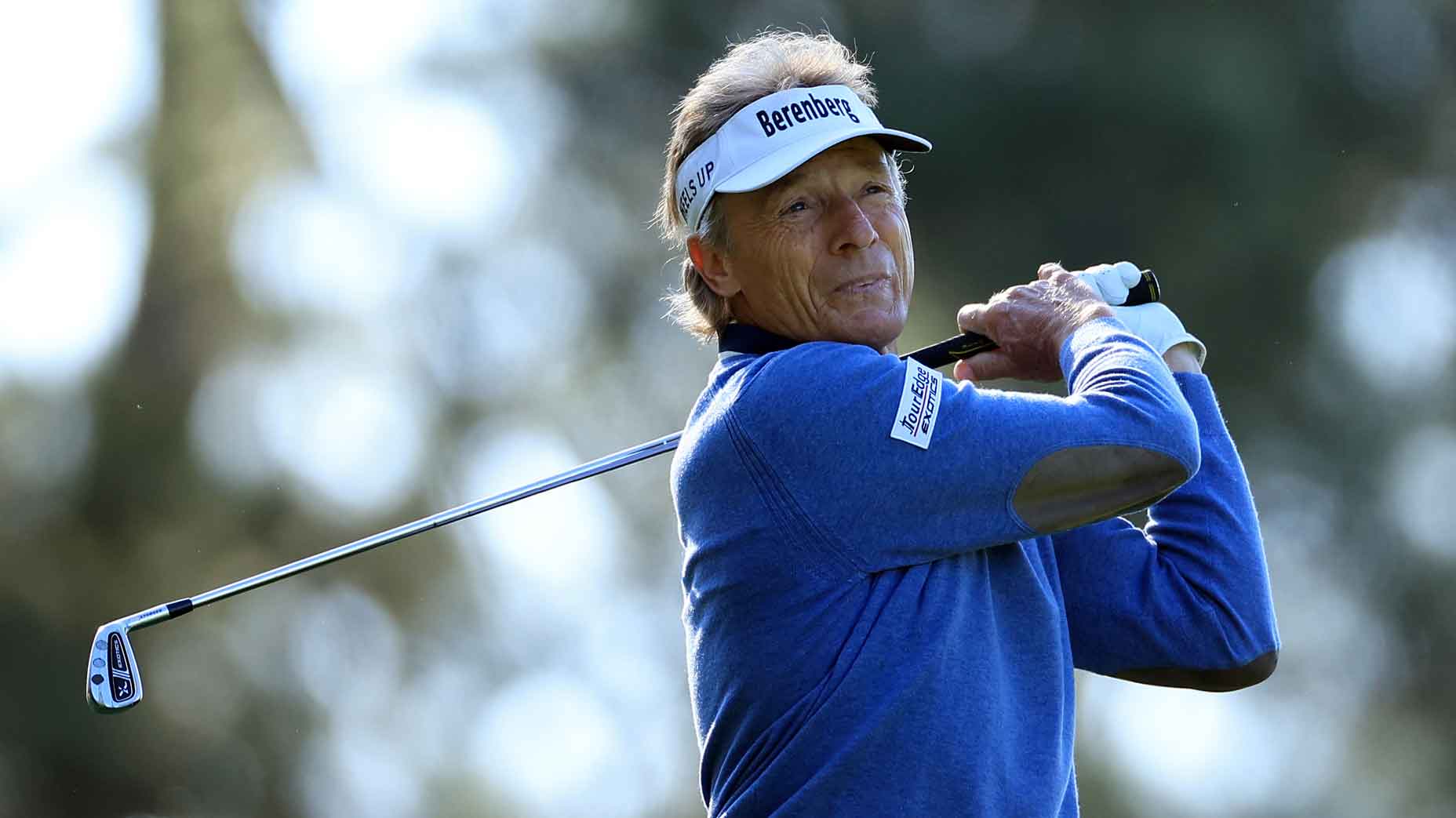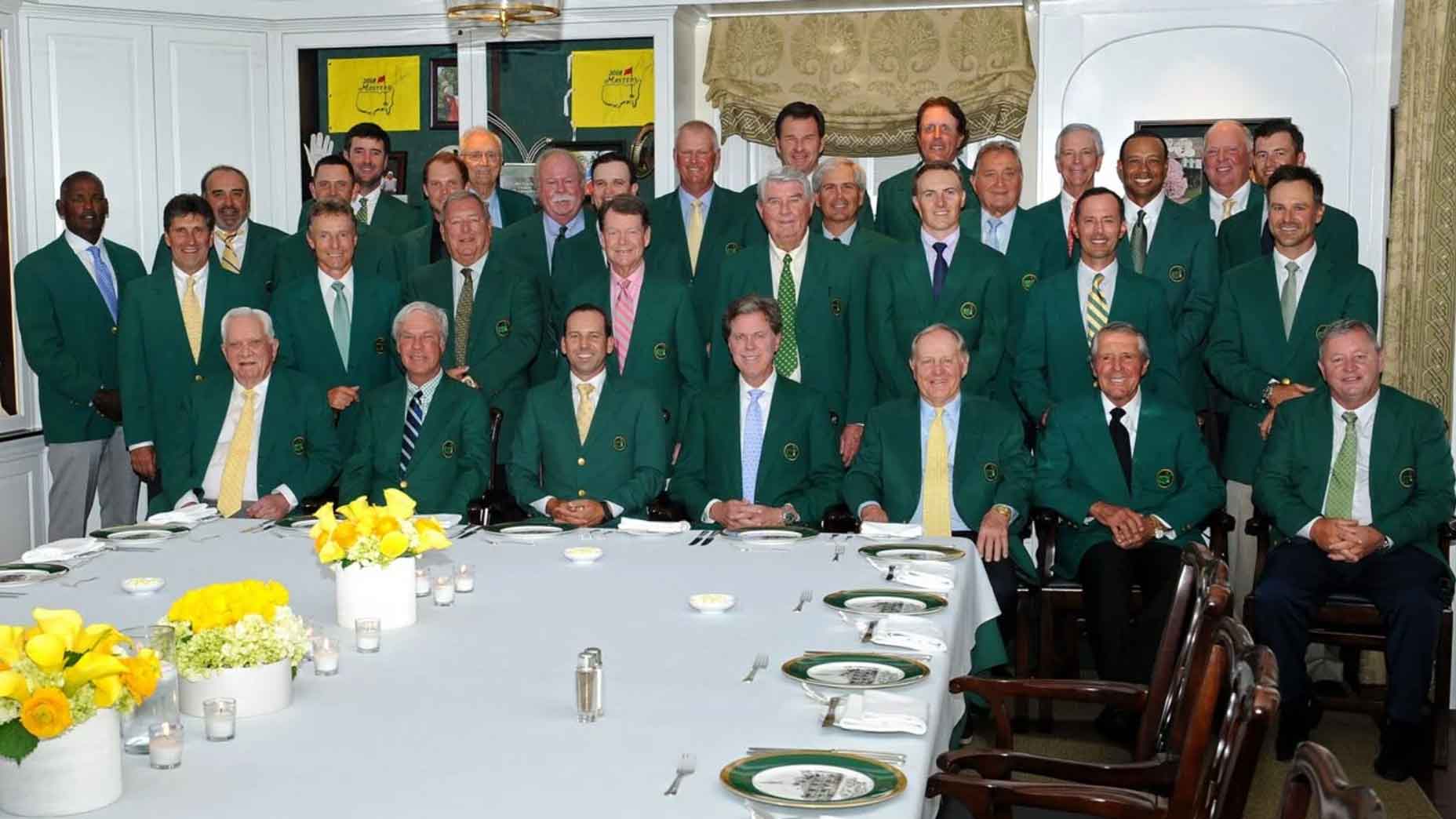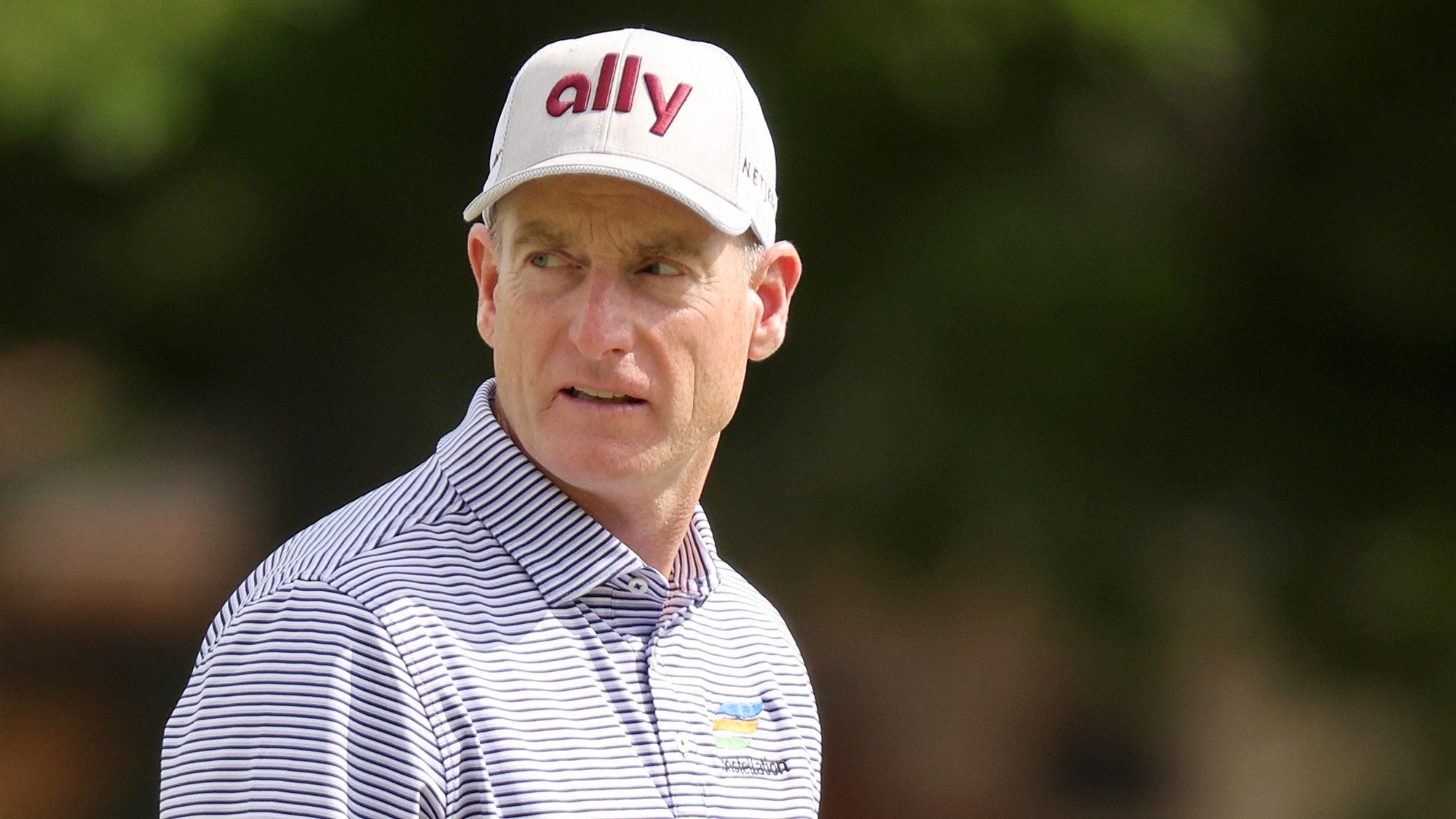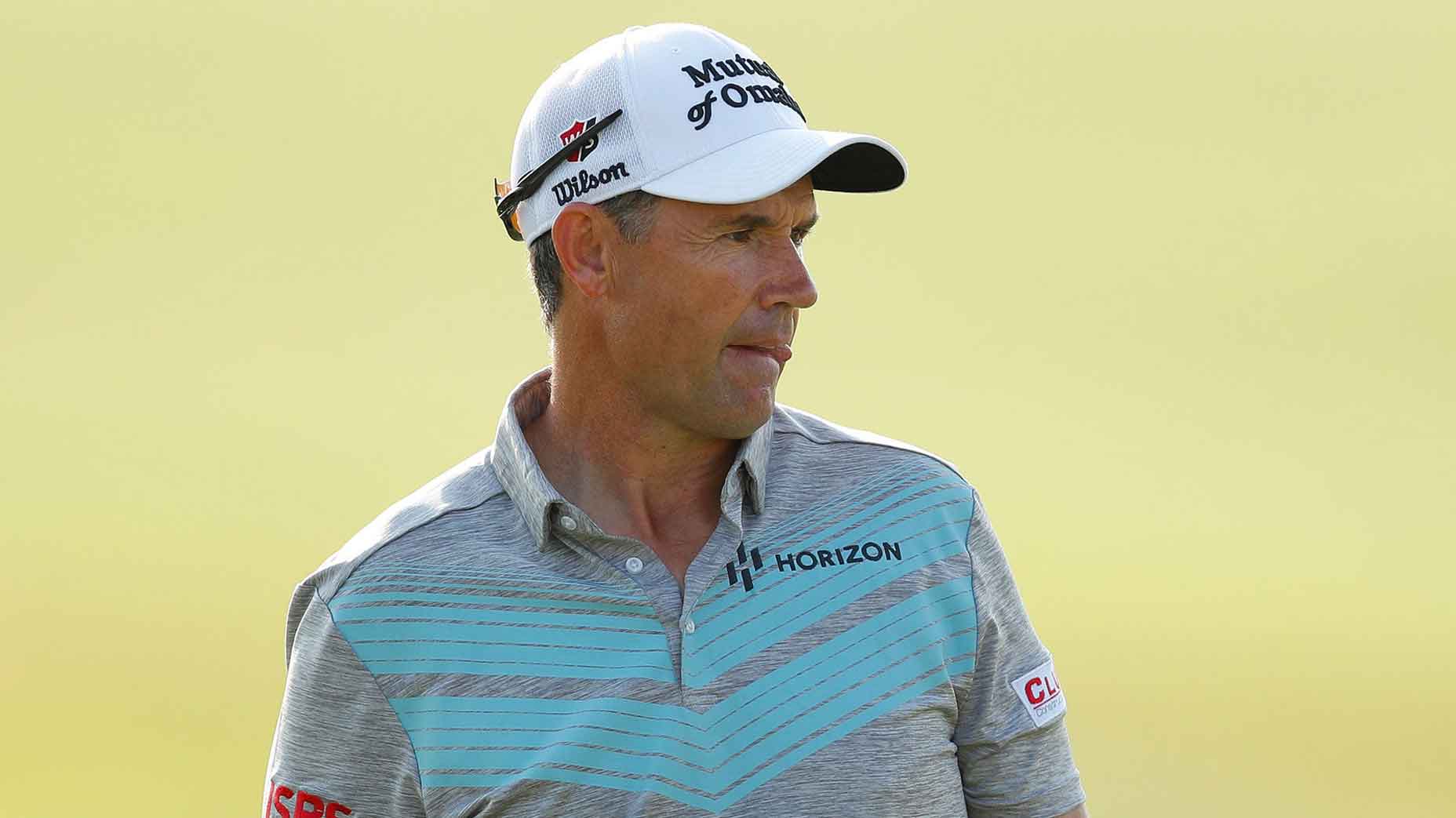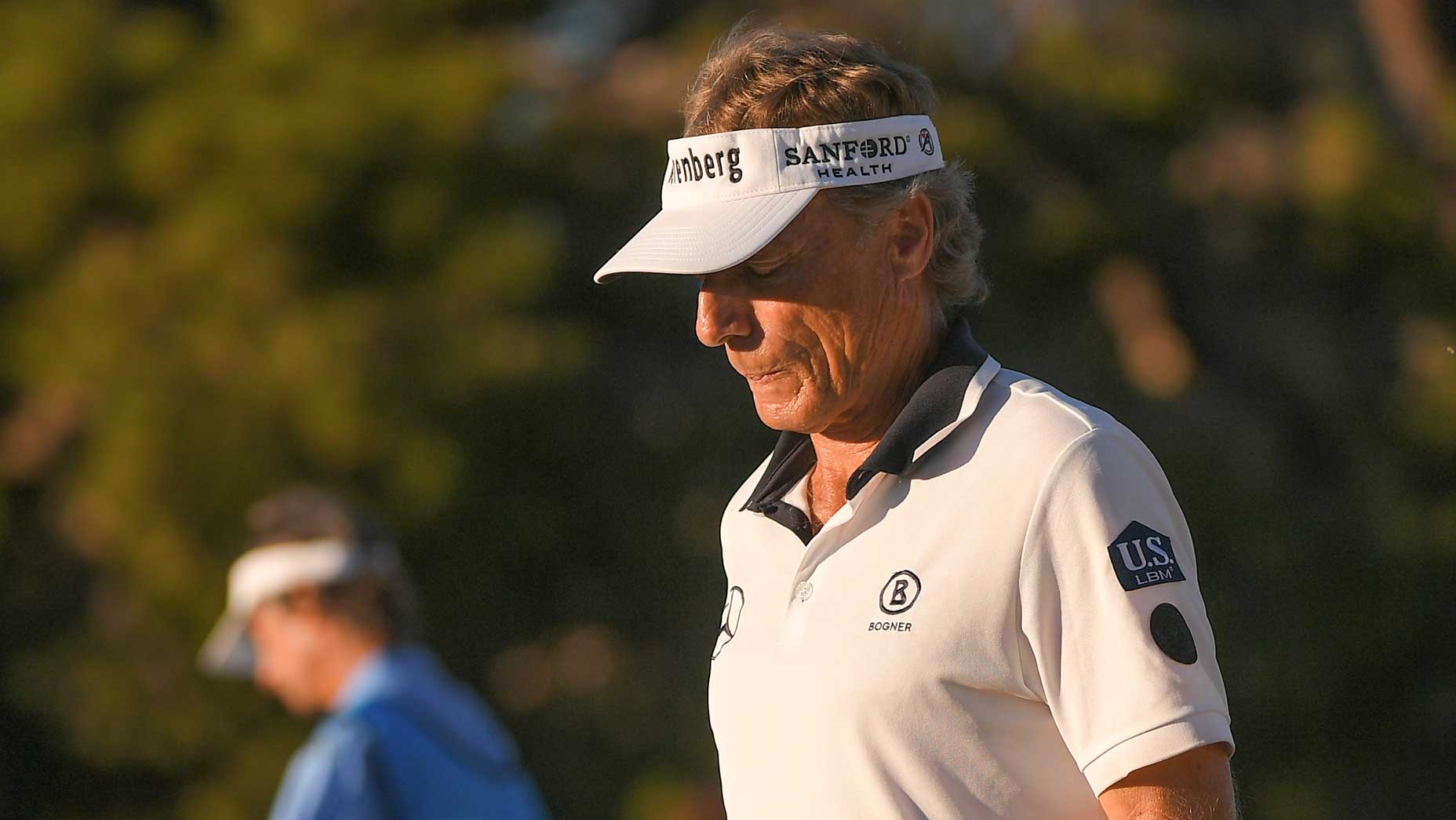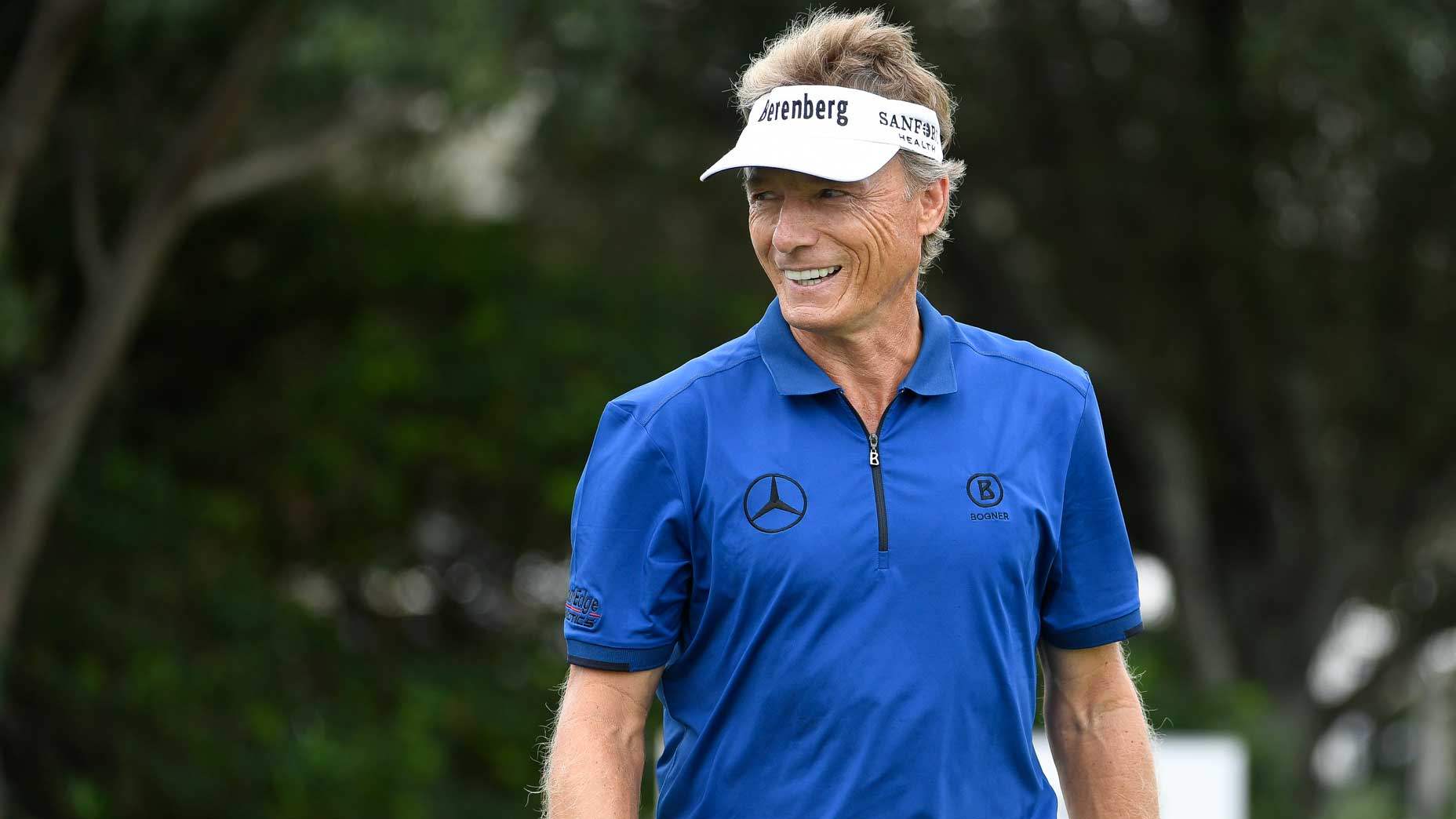What I learned watching a Masters legend pick apart Augusta National
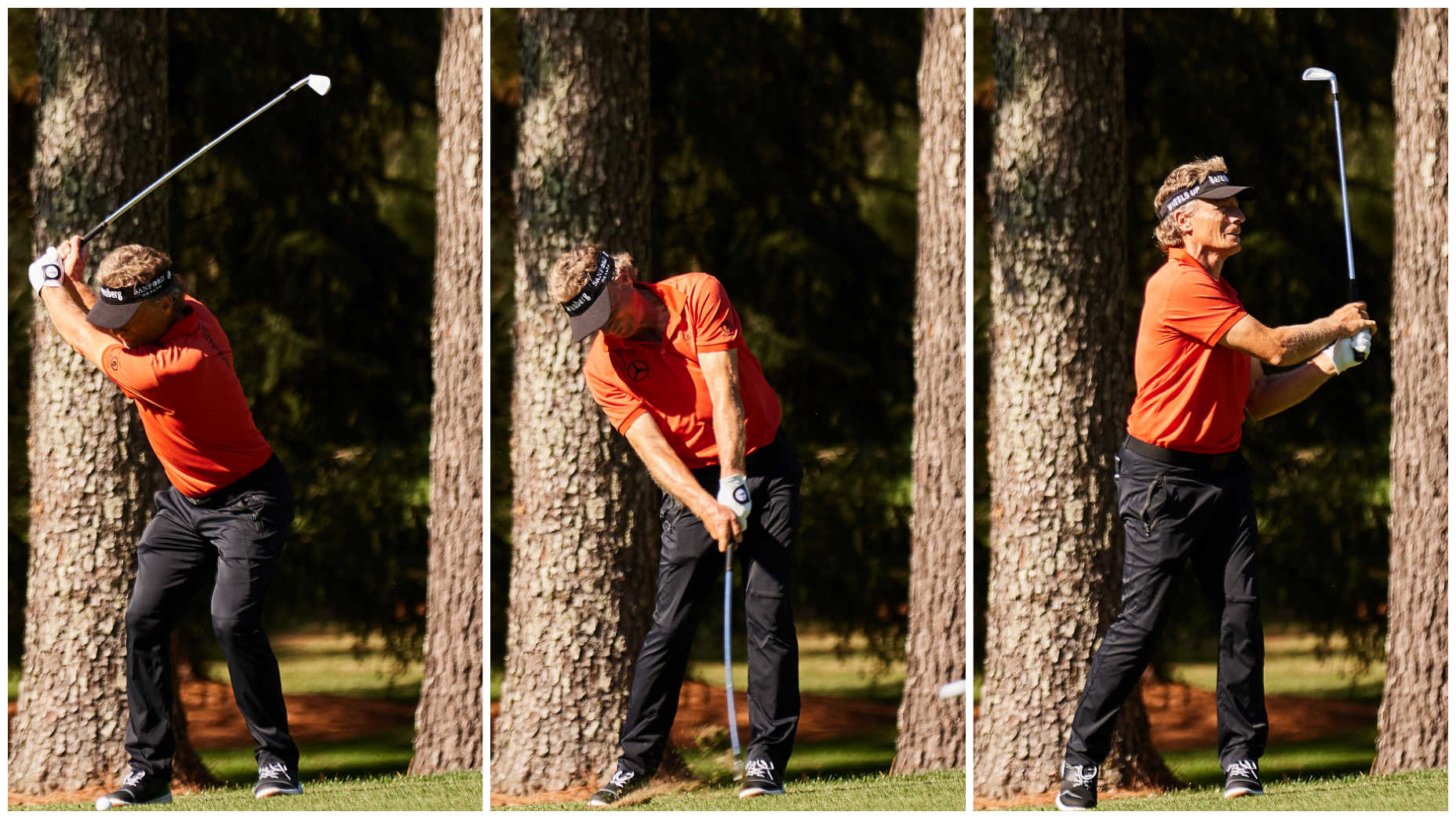
Bernhard Langer, 63, beat more half the field at Augusta.
Stephen Denton
I’ve spent a lot of time recently on the topic of Driving Distance. Writing about it, thinking about it, fretting about it in my own game. It preceded Bryson DeChambeau’s win at the Winged Foot, and has only accelerated since then.
When I got onto the Augusta National grounds last week, my first thoughts weren’t with the patchy rough (who would’ve thought the phrase “patchy rough” would ever be uttered in regards to Augusta?), or the lack of patrons, or the pimento cheese. They were with the distance debate, and how a handful of drives over a few days could render large swaths of this game obsolete.
It became clear early at the 2020 Masters that wasn’t going to happen — at least not yet. And as I came up for air and began appreciating all of the things unfamiliar about this iconic springtime tournament being played in the fall, I was brought home by a familiar part of the Masters furniture: 63-year-old Bernhard Langer becoming the oldest player in history to make the Masters cut.
Watching him navigate around this version of Augusta National, which suited him in no way shape or form, was utterly captivating, and I couldn’t take my eyes off it.
I watched his drive on the 1st hole finish in the middle of the fairway, then his playing partner Christiaan Bezuidenhout, who wasn’t born when Langer collected his second green jacket, blast one more than 30 yards over it — into a fairway bunker.
I watched Langer hit driver, 2-hybrid into the same hole where his 3rd-round playing partner, Rory McIlroy, hit driver, pitching wedge. They both made par.
I watched Bryson, his playing partner on Sunday, hit one drive almost 70 yards past him, and Langer still finished the tournament one spot ahead of him.
I watched the German hit one of the best bunker shots I’ve ever seen in my life on the 9th hole: A gentle blast that landed a few feet onto the green, then release some 50 feet around a side slope and curl to inches of the hole. The kind of shortcut only people who understand every inch of this place know exists.
“It’s like me playing an 8,500-yard golf course,” McIlroy said. “It’s so impressive, the way he methodically plots his way around and gets it up‑and‑down when he needs to…I wish in 30 years’ time I’m back here doing the exact same thing.”
I have never learned more watching someone play golf than I did observing Langer at the 2020 Masters. It was the most steadfast reminder I’ve ever had in my life that golf is really just a big game of chess. Really, the only goal of your current shot is to move your ball into a decent next spot. That’s what Langer did throughout: plodding his way from spot, to spot, to spot without any fuss or fanfare.
I spent the weeks and months leading up to the 2020 Masters wondering who had the biggest sledgehammer. I walked away from it marveling at the man who brought a screwdriver instead.

